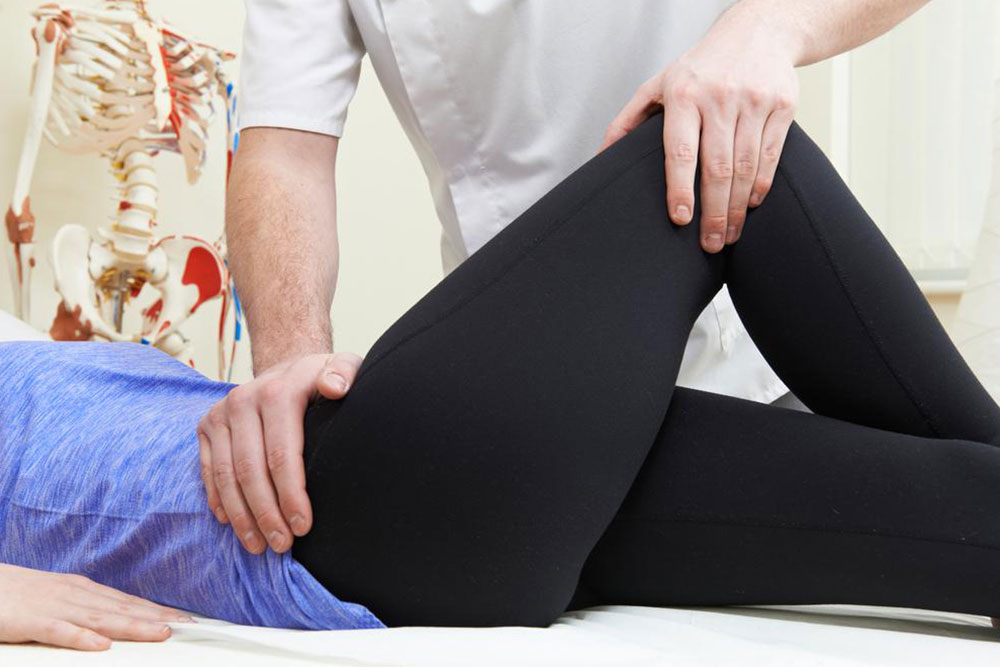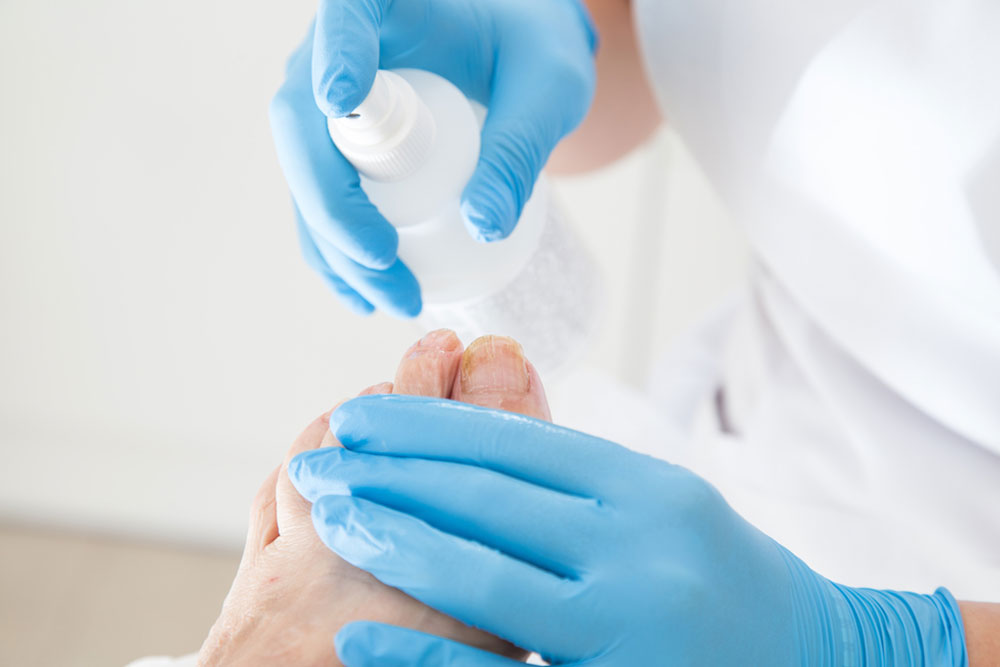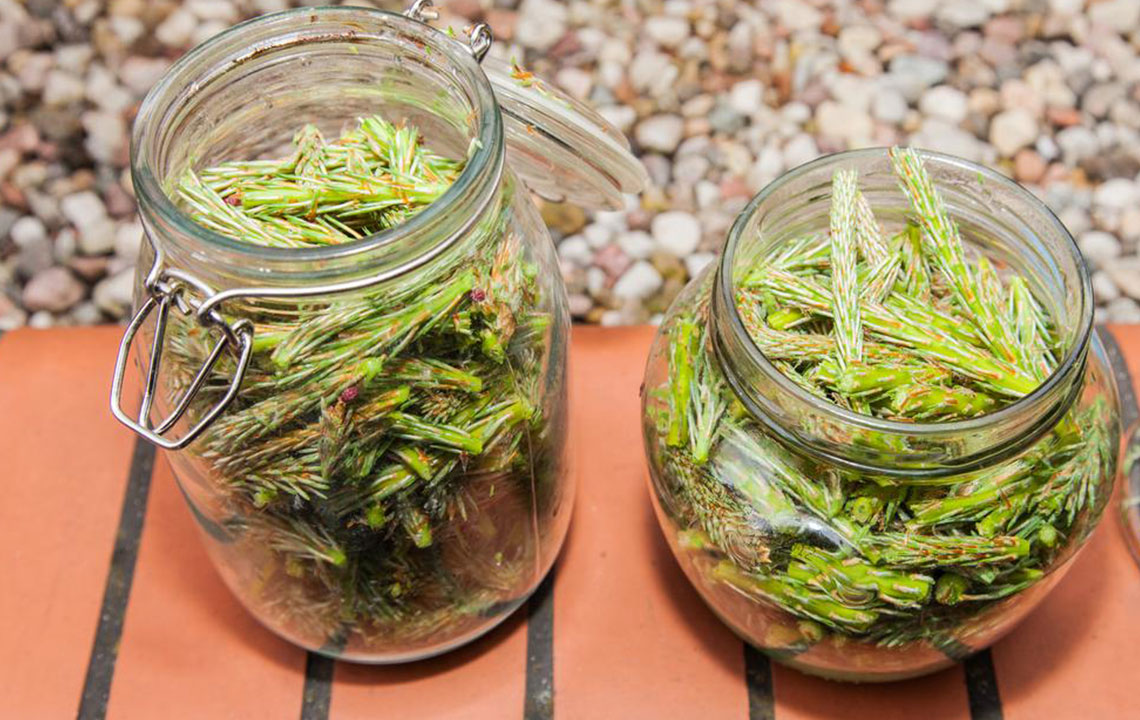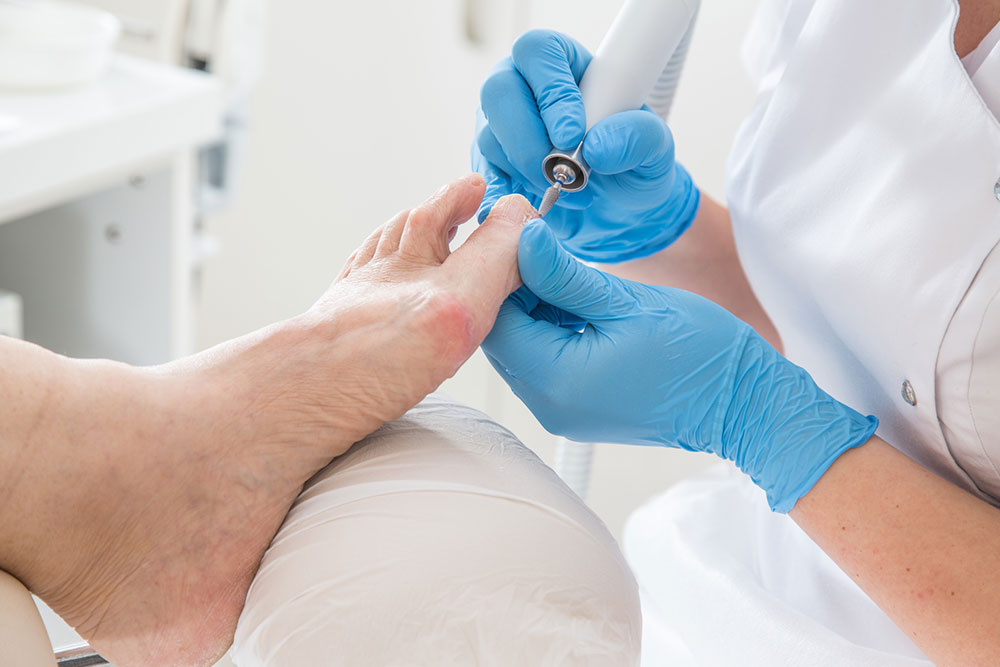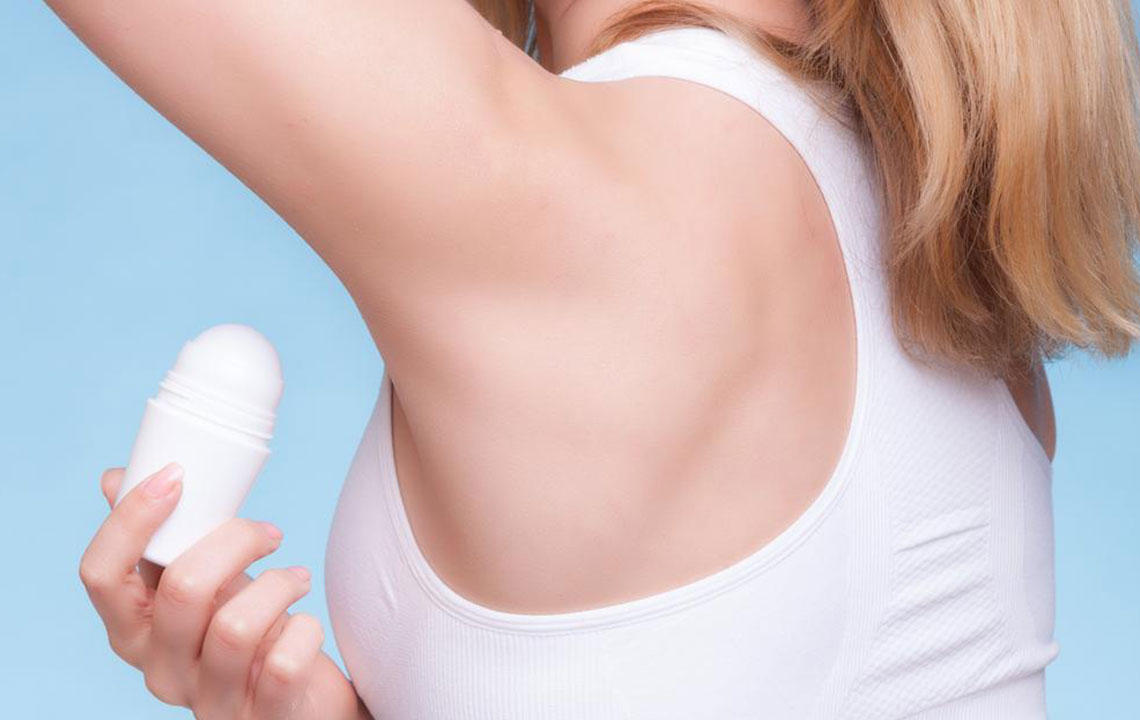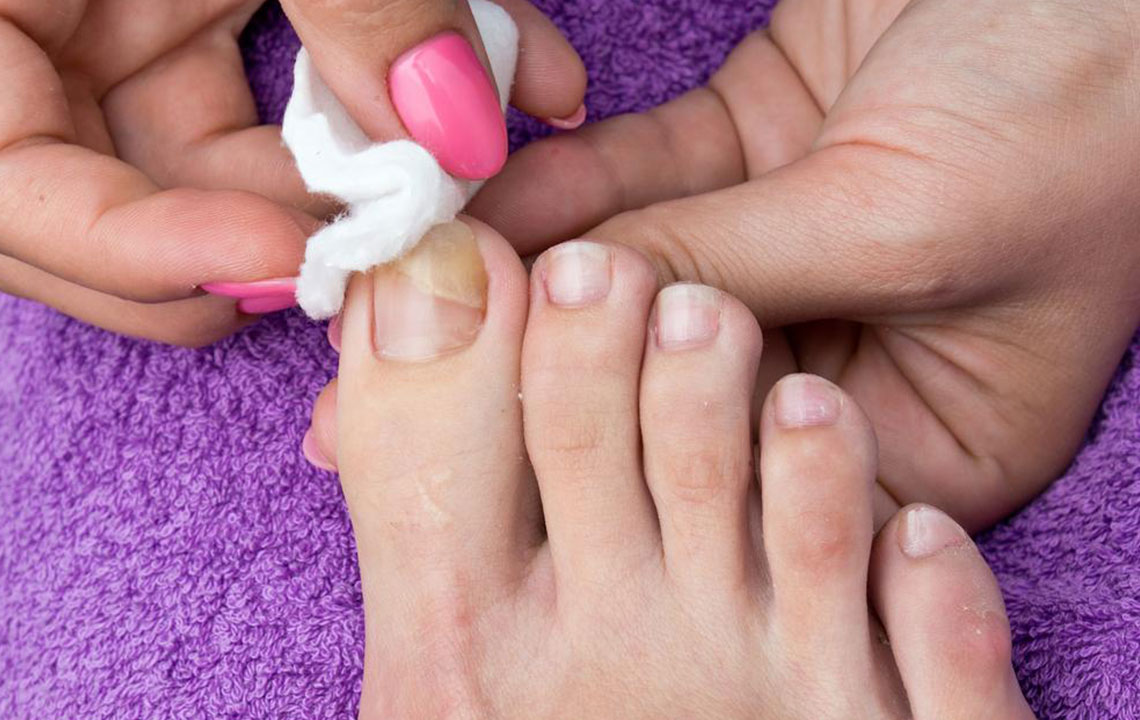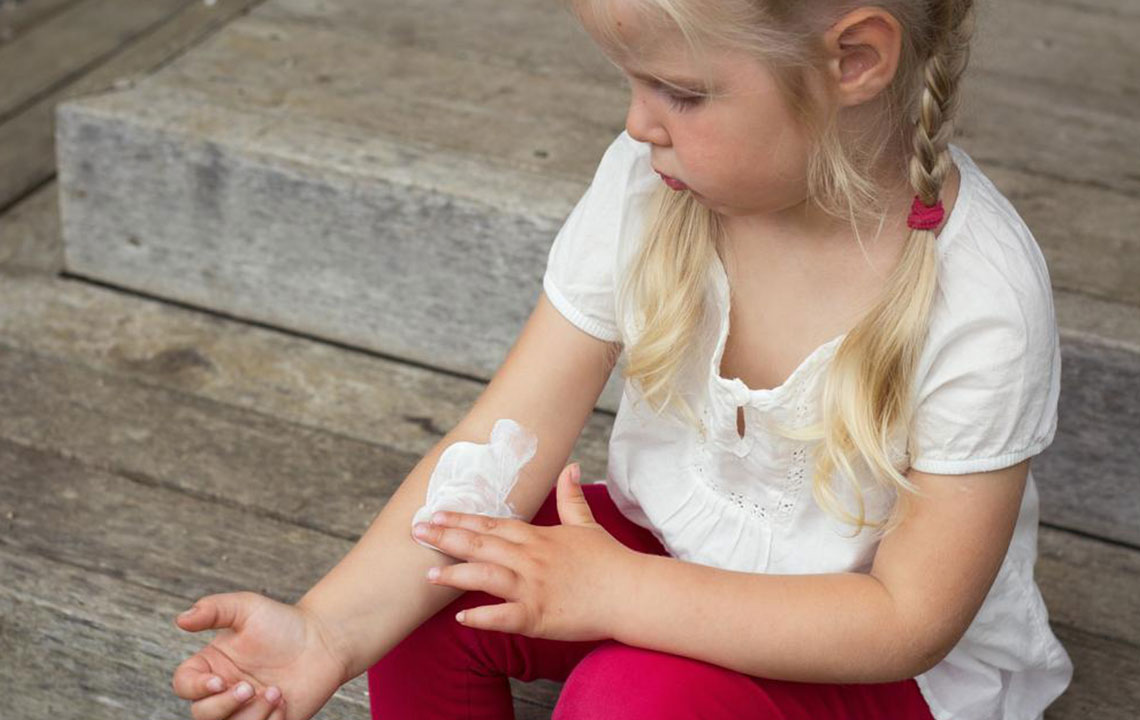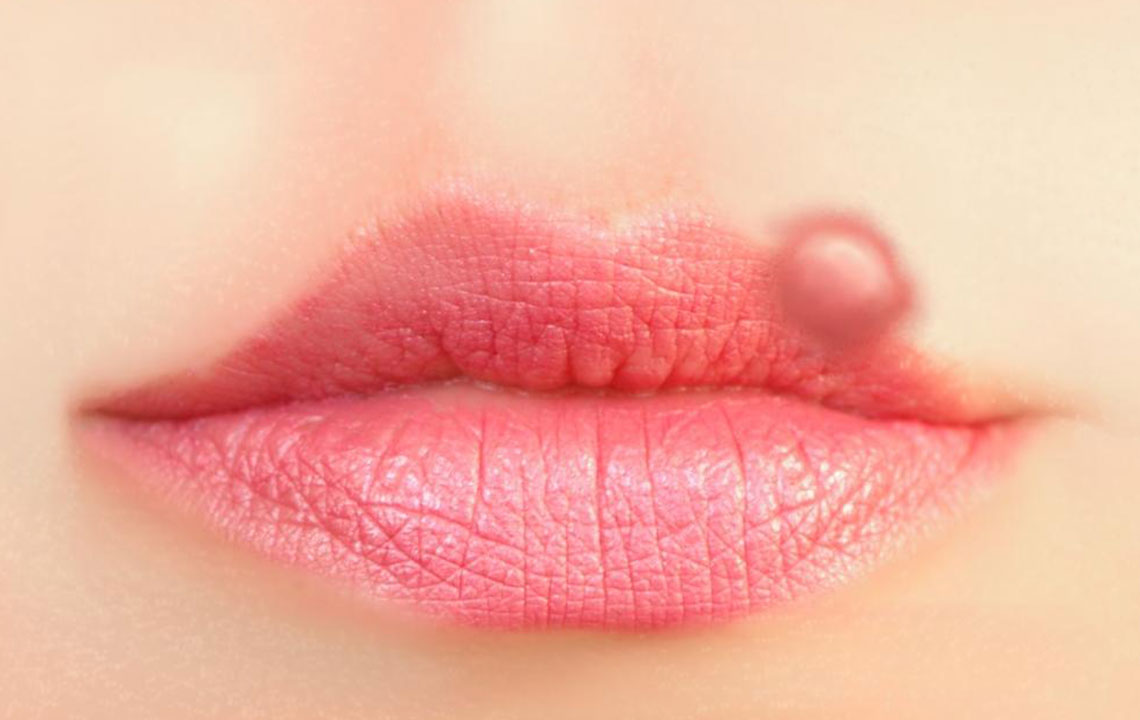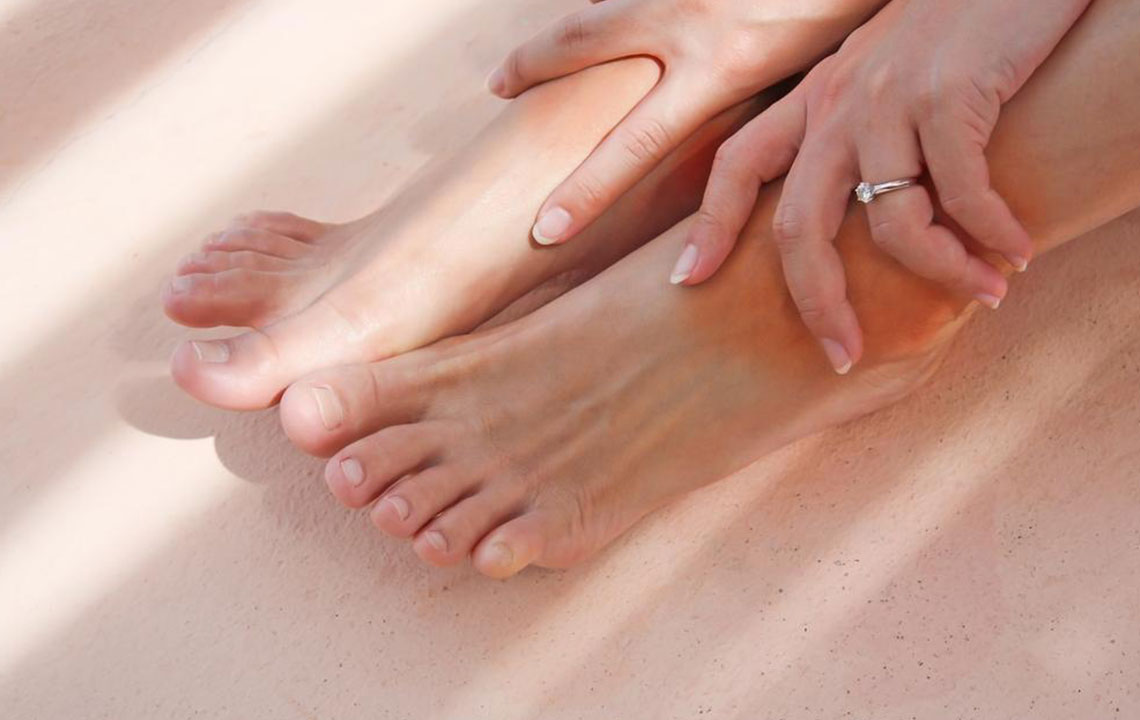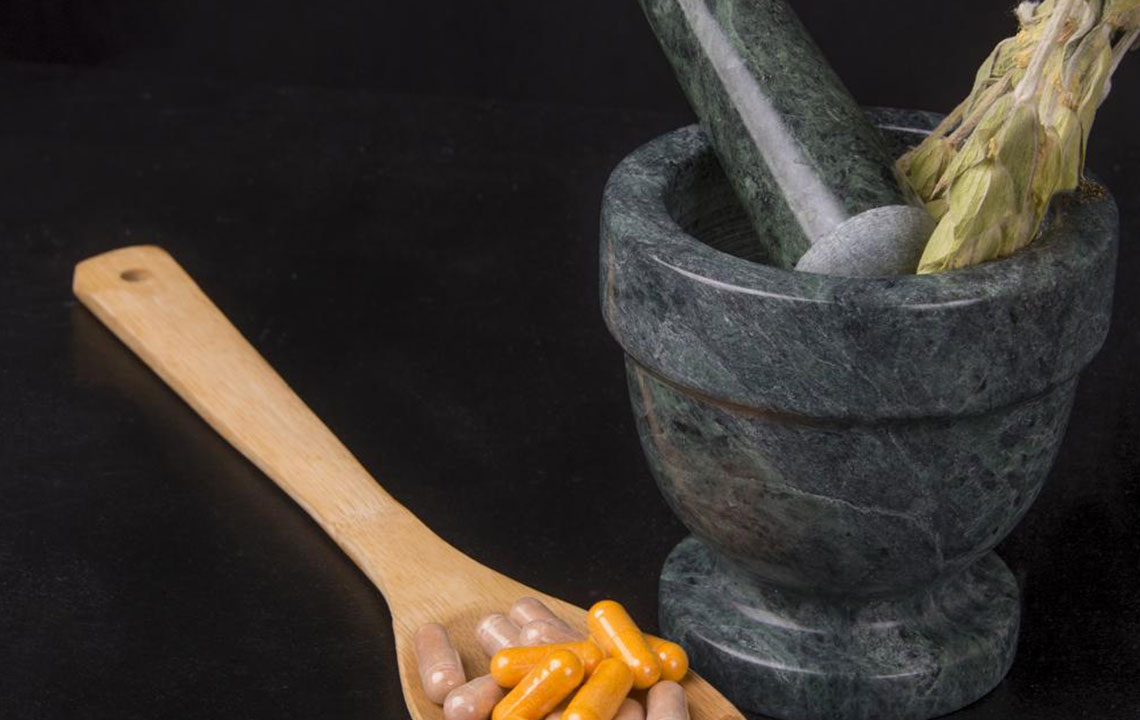Top Strategies for Alleviating Yeast Infection Symptoms
Discover effective methods to treat and manage yeast infections, including over-the-counter medications and natural home remedies. Learn about Candida strains, symptoms, treatment options, and tips to prevent recurrence. Suitable for both men and women, this comprehensive guide aims to provide quick relief and support overall vaginal and skin health.
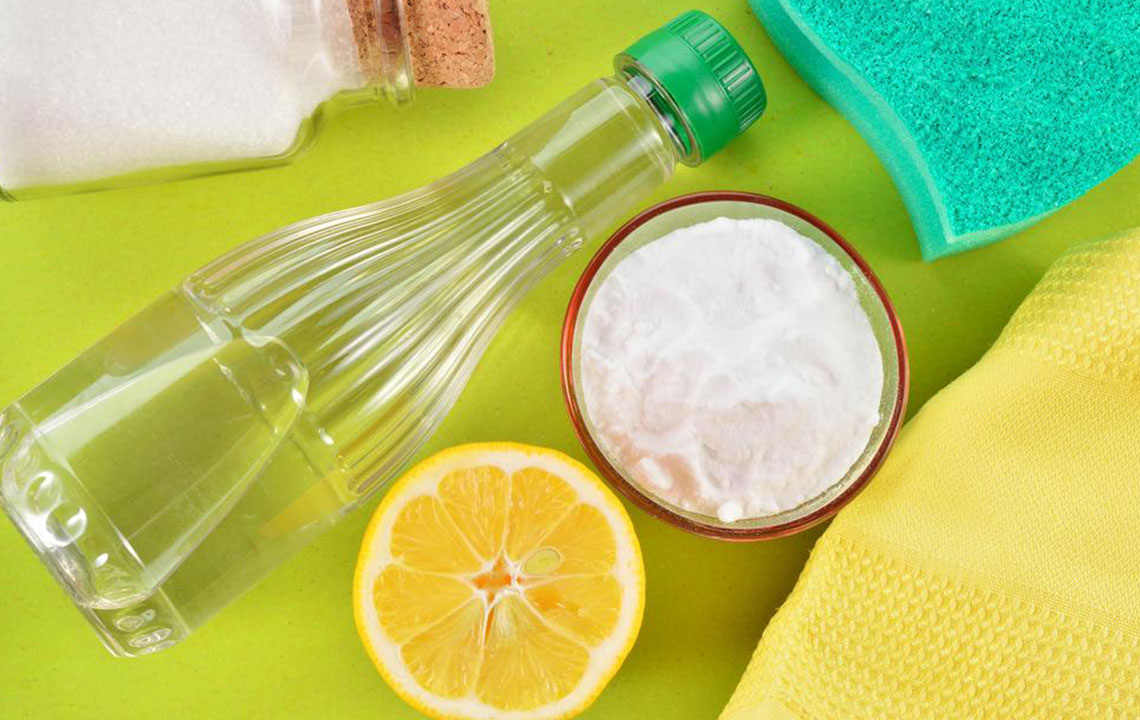
Top Strategies for Alleviating Yeast Infection Symptoms
A yeast infection occurs when overgrowth of certain fungi, primarily Candida species, leads to discomfort and health issues.
Commonly called candidiasis, these infections often involve Candida albicans but can also include other strains like C. tropicalis, C. glabrata, C. parapsilosis, and C. krusei.
Statistics indicate that around 75% of women will experience at least one vaginal yeast infection during their lifetime, with nearly half facing multiple episodes. Persistent or recurrent infections are common, affecting 5-8% of women with four or more episodes.
Men are also susceptible to yeast infections affecting the mouth, genitals, or skin.
While typically associated with vaginal infections, yeast overgrowth can also cause issues like thrush (oral candidiasis) or cutaneous candidiasis in moist skin areas like groin folds and armpits.
In rare cases, Candida can enter the bloodstream, causing invasive candidiasis, which can be life-threatening.
Fortunately, yeast infections caused by Candida albicans are generally easy to treat using over-the-counter (OTC) or prescription medications. These include antifungal creams, suppositories, tablets, ointments, or medicated tampons.
Common antifungal drugs include azoles such as Gyne-Lotrimin, Monistat, Miconazole, Diflucan, Tioconazole, Terazole, and Butoconazole. Often, doctors combine these with treatments to reduce inflammation, like corticosteroids, which usually produce mild side effects.
During treatment, use of tampons, diaphragms, and condoms should be avoided, as certain medications contain oils that can compromise your contraceptives.
Side effects are typically mild but may include flu-like symptoms, swelling, or allergic reactions. Certain medications may not be recommended during pregnancy. Resistance has been observed in some Candida strains, such as C. glabrata and C. krusei, to first-line drugs like fluconazole.
In cases of non-albicans infections, treatments like Mycostatin or nystatin vaginal tablets or creams—usually used for two weeks—may be prescribed.
Most infections clear within 1-7 days, depending on the treatment used. Sometimes, a single high-dose oral antifungal like fluconazole can provide rapid relief.
Home remedies for yeast infection relief
Many prefer natural options over pharmaceutical treatments, including tea tree oil, probiotic yogurt, probiotic supplements, garlic, boric acid suppositories, and douching. However, scientific backing for some of these methods is limited. Boric acid suppositories are effective against resistant Candida strains. Yogurt and probiotics contain beneficial Lactobacillus bacteria that may restore healthy vaginal flora. Garlic, known as a natural fungicide, is also used, but results can vary.
Managing recurrent infections
Some individuals experience persistent or frequent yeast infections without a clear cause. Risk factors include birth control pills, pregnancy, antibiotics, diabetes, estrogen therapy, and immune conditions like HIV. Treatments effective against Candida albicans typically work for recurrent cases, but infections caused by other Candida species, such as C. glabrata, may require alternative medications like nystatin or amphotericin B-based gels. Lifestyle and hygiene practices may help lessen recurrence, though more research is needed. Home remedies like garlic, boric acid, yogurt, douching, and tea tree oil are options, but their efficacy varies.

